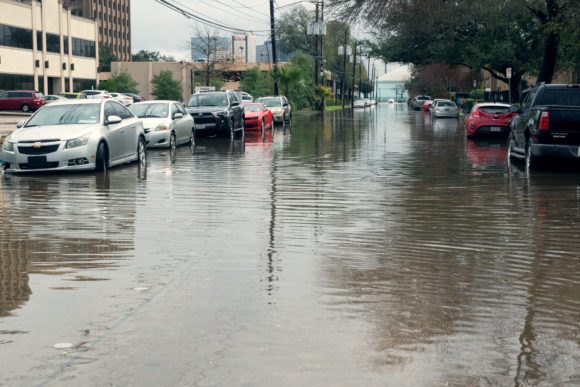The National Flood Insurance Program (NFIP) has been the topic of much debate in recent years, especially with the program set to expire on September 30.
The NFIP is administered by the Federal Emergency Management Agency and is available to property owners in areas that have opted-in for NFIP coverage, which include more than 20,600 U.S. communities, according to benefits.gov. Coverage limits through the NFIP max out at $250,000 for building property and $100,000 for personal property on residential buildings.
For some policyholders, these limits are not high enough to cover the value of their property. In that case, private flood insurance may come into play. These policies can be purchased through the admitted or surplus lines markets, and can provide additional protection above the NFIP limits.
In the past, homeowners have been hesitant to purchase private flood coverage above NFIP coverage because of a lack of clarity in the National Flood Insurance Act. In 2012, Congress passed the Biggert-Waters Flood Insurance Reform Act, which increased rates over a period of time to pull the NFIP out of the red after it was depleted by disasters such as Hurricane Katrina and Hurricane Sandy. The current deficit is reported to be around $24 billion. The Act also explained to lenders that private flood insurance could be accepted in place of NFIP coverage.
This year, Rep. Dennis Ross (R-Fla.), Rep. Kathy Castor (D-Fla.), Sen. Dean Heller (R-Nev.), and Sen. Jon Tester (D-Mont.) have reintroduced the Flood Insurance Market Parity and Modernization Act in Congress, which will likely renew the NFIP. The Act was introduced last session in Congress, and the federal House of Representatives passed it unanimously in April 2016. The Act may allow private insurers into the flood market by simplifying issues that have previously created barriers between private insurers and the flood market. With a streamlined entry method into the market, surplus lines insurance could become a solution to rising NFIP premiums.
Surplus lines organizations across the country have announced support for this Act. Flood insurance is not new territory for the excess and surplus lines industry, as these insurers have long covered specialized risks that do not meet the requirements of the NFIP.
Surplus lines insurance is not regulated by the states in the same way that the standard market is regulated. However, these insurers must usually meet more stringent financial requirements to write coverage.
In Texas, surplus lines insurers must maintain at least $15 million in capital and surplus, and if they’re based in a foreign country, that number increases to $45 million. Admitted insurers are merely required to maintain $5 million.
Over the past few years, surplus lines insurance has come to supplement, or even replace, the NFIP in Texas. The Surplus Lines Stamping Office of Texas (SLTX) determined that, during the three-year period from 2014 to 2016, surplus lines flood premium in the state increased 108 percent from $9.2 million to $19.1 million.
This growth can be partially attributed to a significant increase in primary residential flood policies, which are surplus lines insurance policies that homeowners purchase as their primary source of coverage. Premium for these policies increased 1,037 percent during this period, with premium at $572,000 in 2014 and rising to $6.5 million in 2016.
There also has been a growth in surplus lines premium for primary commercial policies. From 2014 to 2016, premium increased 92 percent, from $4.18 million to $8.03 million.
Surplus lines insurance is strong enough to insure unique or specialized risks, flood or otherwise, and flexible enough to provide individualized coverage for those who want more out of their insurance policies.
Topics Texas Excess Surplus Flood
Was this article valuable?
Here are more articles you may enjoy.



 JPMorgan Client Who Lost $50 Million Fortune Faces Court Setback
JPMorgan Client Who Lost $50 Million Fortune Faces Court Setback  Investment Funds File New Suits Over Lighthouse Insurance Collapse in 2022
Investment Funds File New Suits Over Lighthouse Insurance Collapse in 2022  Chubb Wins Latest Battle With New York Diocese in Bid to Avoid Sex Abuse Claims
Chubb Wins Latest Battle With New York Diocese in Bid to Avoid Sex Abuse Claims  Former Congressman Charged After Collision with State Trooper in Florida
Former Congressman Charged After Collision with State Trooper in Florida 


